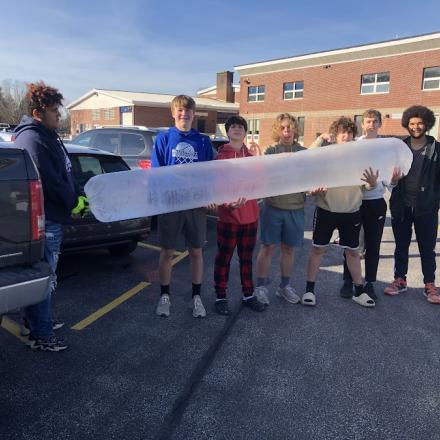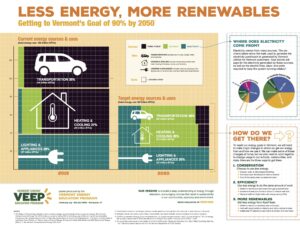$60.00
Curricula Kit: How/why does human transportation impact earth’s climate? How can we re-engineer local transportation to reduce our impact?
Description
Students investigate the relationship between transportation and greenhouse gas emissions then engineer local solutions for getting from here to there with lower climate impact. Kit resources and storyline lessons help you guide student-driven, project-based learning as students reduce local community impacts of transportation on global climate change.
Free download of the storyline here.
WHAT’S IN THE KIT?
Kit includes: Materials for investigating climate science through the Two Earth model, huge bags to capture exhaust from multiple vehicles, a combustion demonstration apparatus, VEEP and Energy Action Network’s transportation data analysis posters
Kit size: 1 small tote + 2 medium totes for Modeling Climate Science and combustion demonstration apparatus.
Additional information
| Grade Band | |
|---|---|
| Topic | |
| Type of Material | |
| State |
Teacher Reviews
What teachers had to say:
Standards Addressed
MIDDLE SCHOOL STANDARDS
MS-ESS3-5 Human Impacts on Climate: Ask questions to clarify evidence of the factors that have caused the rise in global temperature over the past century.
MS-ESS3-3 Earth and Human Activity: Apply scientific principles to design a method for monitoring and minimizing a human impact on the environment.*
MS-ETS1-1 Define the criteria and constraints of a design problem with sufficient precision to ensure a successful solution, taking into account relevant scientific principles and potential impacts on people and the natural environment that may limit possible solutions.
MS-ETS1-2 Evaluate competing design solutions using a systematic process to determine how well they meet the criteria and constraints of the problem.
MS-ETS1-3 Analyze data from tests to determine similarities and differences among several design solutions to identify the best characteristics of each that can be combined into a new solution to better meet the criteria for success.
MS-ETS1-4 Develop a model to generate data for iterative testing and modification of a proposed object, tool, or process such that an optimal design can be achieved.
HIGH SCHOOL STANDARDS
HS-ESS3-4. Evaluate or refine a technological solution that reduces impacts of human activities on natural systems.* [Clarification Statement: Examples of data on the impacts of human activities could include the quantities and types of pollutants released, changes to biomass and species diversity, or areal changes in land surface use (such as for urban development, agriculture and livestock, or surface mining). Examples for limiting future impacts could range from local efforts (such as reducing, reusing, and recycling resources) to large-scale geoengineering design solutions (such as altering global temperatures by making large changes to the atmosphere or ocean).]
HS-ETS1-1. Analyze a major global challenge to specify qualitative and quantitative criteria and constraints for solutions that account for societal needs and wants.
HS-ETS1-2. Design a solution to a complex real-world problem by breaking it down into smaller, more manageable problems that can be solved through engineering.
HS-ETS1-3. Evaluate a solution to a complex real-world problem based on prioritized criteria and trade-offs that account for a range of constraints, including cost, safety, reliability, and aesthetics, as well as possible social, cultural, and environmental impacts.
HS-ETS1-4. Use a computer simulation to model the impact of proposed solutions to a complex real-world problem with numerous criteria and constraints on interactions within and between systems relevant to the problem.



